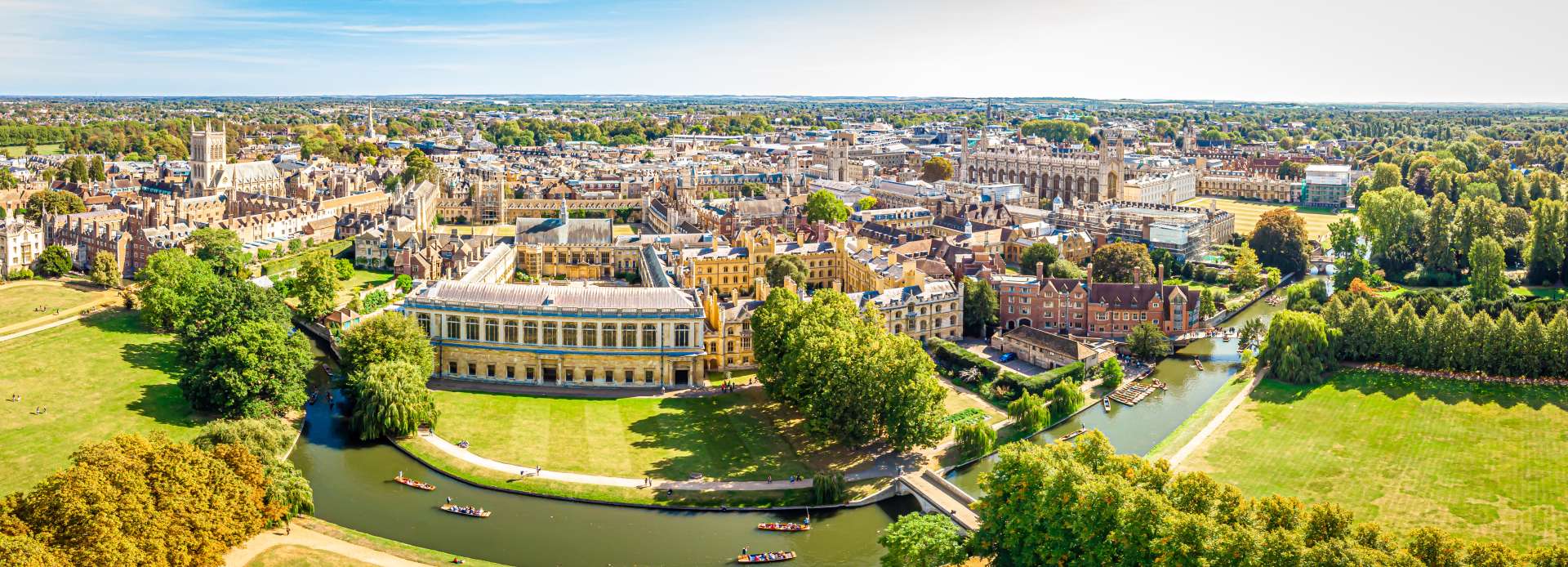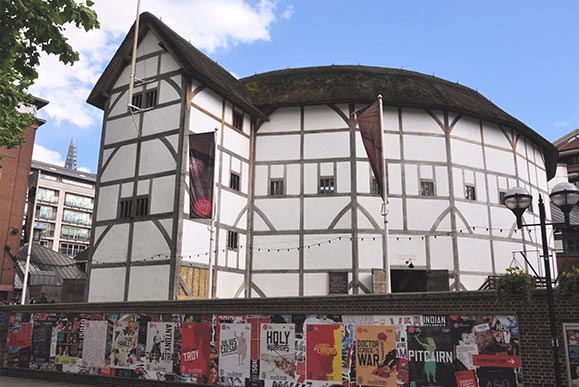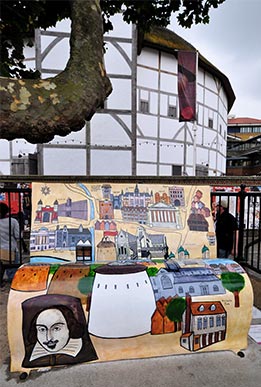
Wharram Percy — England’s Best-Preserved Medieval Village
A Deserted Yorkshire Settlement Telling the Story of Rural Life and Change Wharram Percy, Malton, North Yorkshire, YO17 9TD
Specification
A Window into England’s Medieval Past
Hidden in a quiet valley of the Yorkshire Wolds, Wharram Percy Deserted Medieval Village is one of the most studied and best-preserved examples of its kind in Europe.
Deserted over 500 years ago, its grassy earthworks, ruined church, and visible house foundations tell a vivid story of how ordinary people lived — and why entire villages vanished from the English landscape.
Now managed by English Heritage, Wharram Percy remains a hauntingly beautiful reminder of Yorkshire’s rural past.
A Village Lost to Time
Wharram Percy was first settled in the 10th century and grew into a thriving farming community during the Middle Ages. At its height, around 200 villagers lived and worked here, tending sheep and crops on the chalk slopes of the Wolds.
However, by the 15th century, the settlement began to decline. Economic change, soil exhaustion, and the shift to sheep farming — which required fewer labourers — forced families to leave.
By the 1500s, the last cottages were abandoned, leaving only the church of St Martin’s, which continued to serve the scattered local population until the 19th century.
Today, its ruins stand quietly among the grassy outlines of medieval homes, fields, and tracks.
Exploring Wharram Percy
1. The Church and Village Remains
The ruined St Martin’s Church forms the heart of the site, surrounded by house foundations and crofts. Archaeologists uncovered layers of medieval pottery, hearths, and tools — all offering glimpses of daily life.
In addition, information boards help visitors imagine the layout of streets and cottages that once lined the hillside.
2. The Landscape
The village lies in a secluded valley between Wharram-le-Street and Thixendale. Therefore, the setting itself feels timeless — rolling fields, birdsong, and quiet footpaths replace the bustle of medieval life.
It’s both an archaeological site and a beautiful walk through Yorkshire’s rural heritage.
3. Archaeological Discoveries
Excavations led by the University of York and English Heritage revealed over six centuries of occupation. Studies of skeletons, tools, and bones have deepened understanding of medieval diet, health, and work.
Wharram Percy’s research has shaped how historians interpret village life across Britain.
Learn more at the English Heritage page
Visiting Wharram Percy
How to Get There
By Car: Near Wharram-le-Street, Malton YO17 9TD. Free car park signposted from the B1248.
By Train: Malton Station (20-minute taxi or bike ride).
By Bus: Limited rural services — driving recommended.
Opening Hours & Admission
Open daily, all year round. Entry is free.
Facilities
Information boards on site
¾-mile walk from the car park to the village (downhill going in)
No café or toilets — nearest amenities in Malton or Thixendale
Nearby Attractions
Kirkham Priory: Scenic ruins by the River Derwent.
Thixendale Village: Ideal for walking and cycling in the Wolds.
Malton: A market town known as Yorkshire’s Food Capital.
Thornborough Henges: Ancient earthworks within a short drive.
Together, these sites create an immersive Yorkshire archaeology and heritage trail.
Why Visit Wharram Percy?
Few places capture the quiet drama of England’s medieval countryside like Wharram Percy. Standing among its ruins, you can still trace the outlines of homes, hear the wind through the valley, and imagine the rhythm of life that once filled these hills.
It’s a place of learning, reflection, and timeless beauty — where archaeology meets atmosphere.






No Reviews